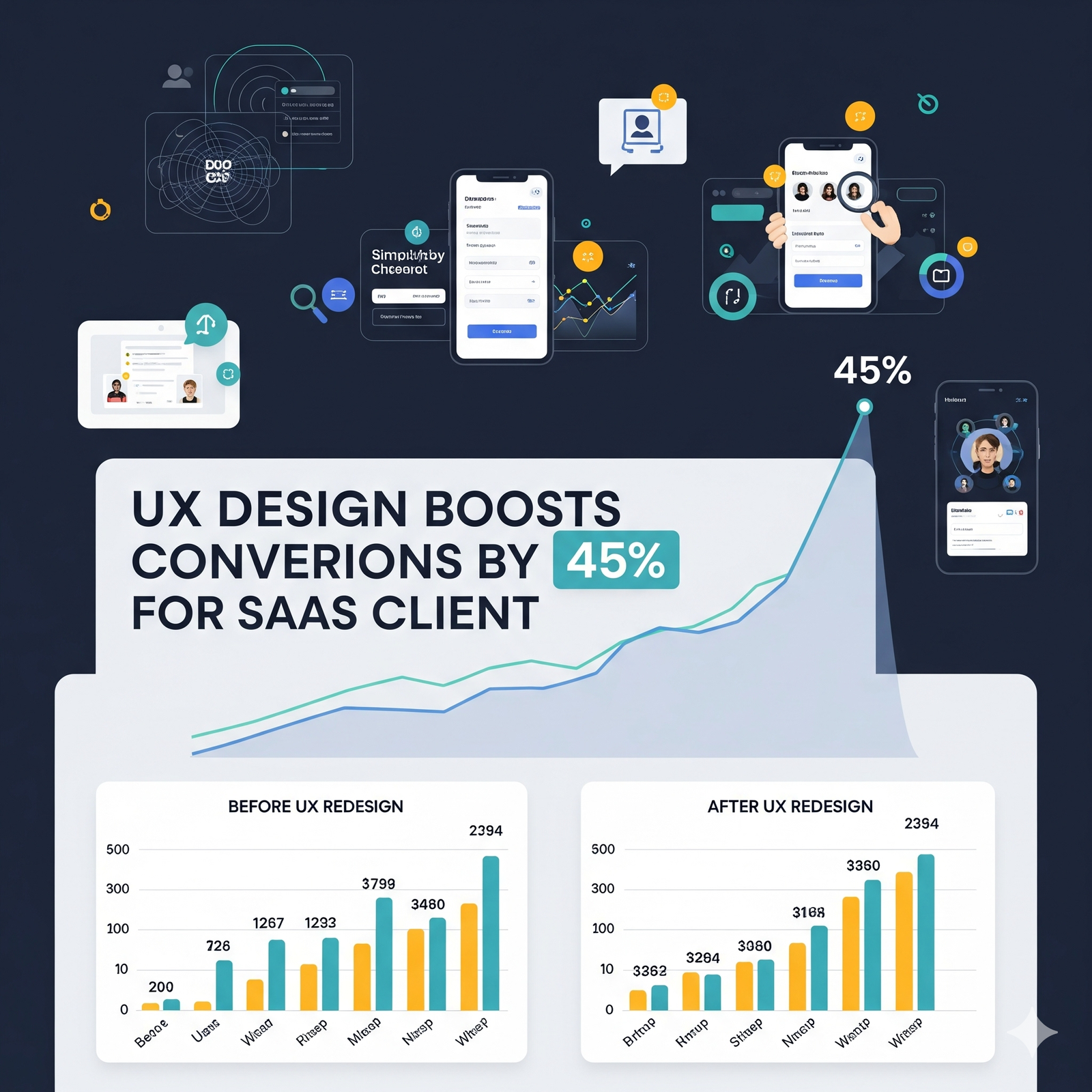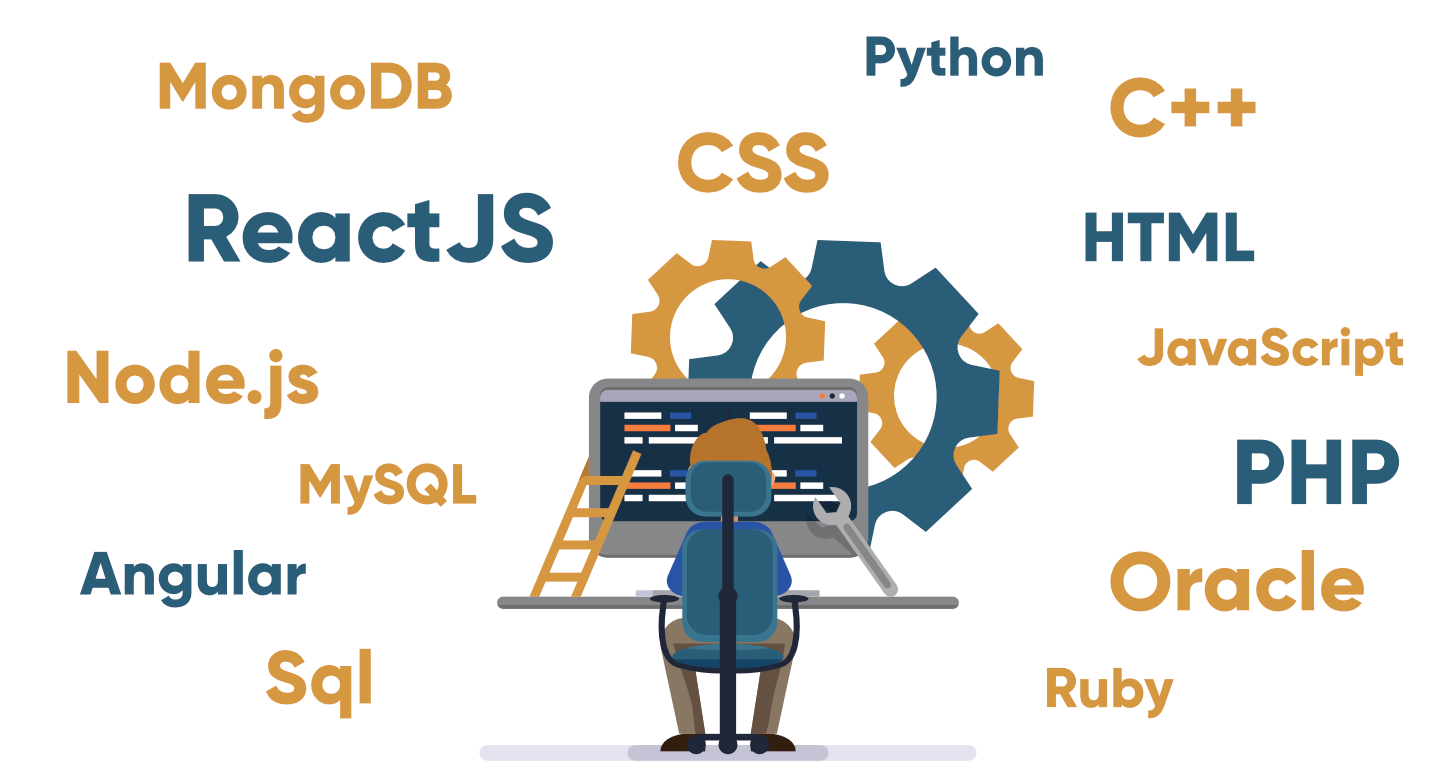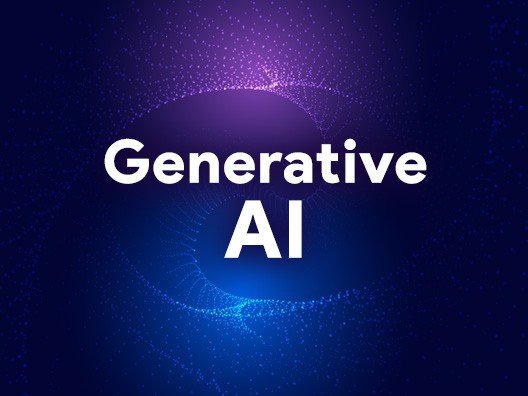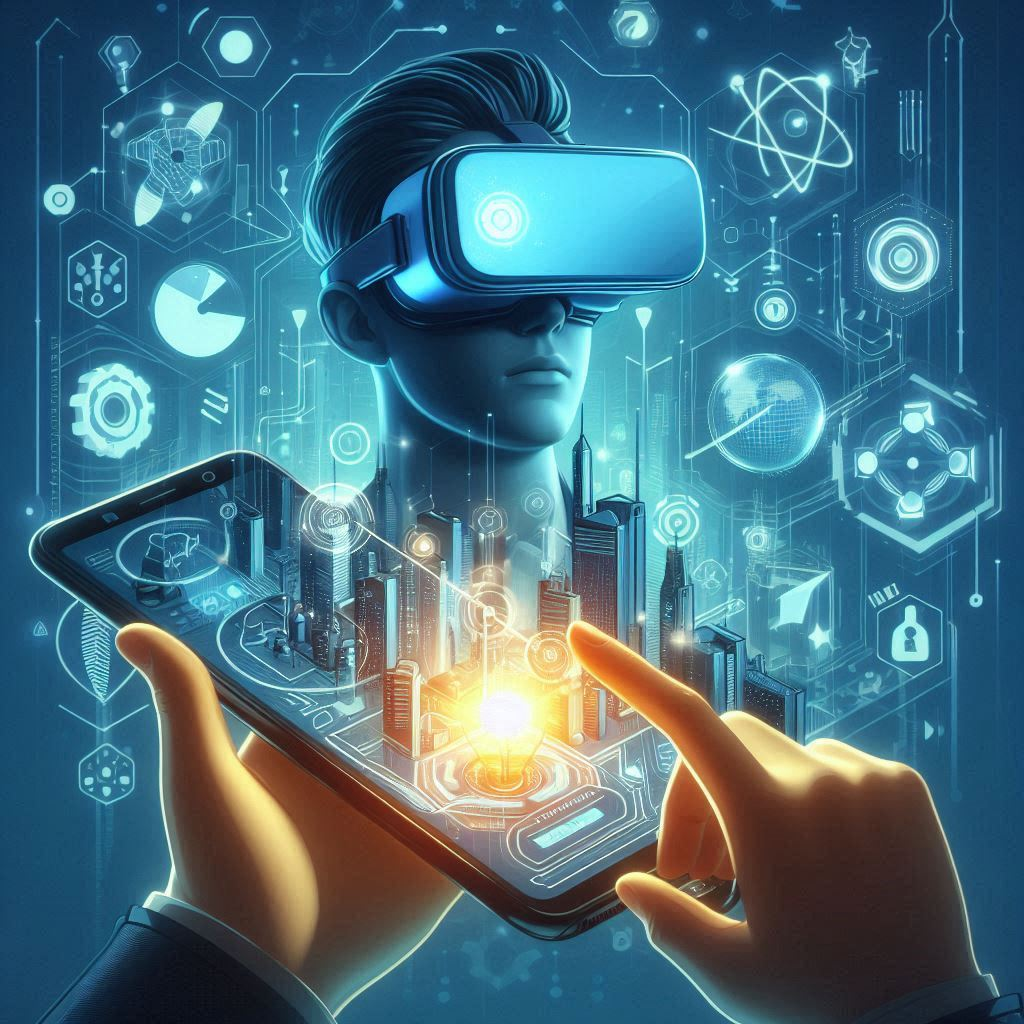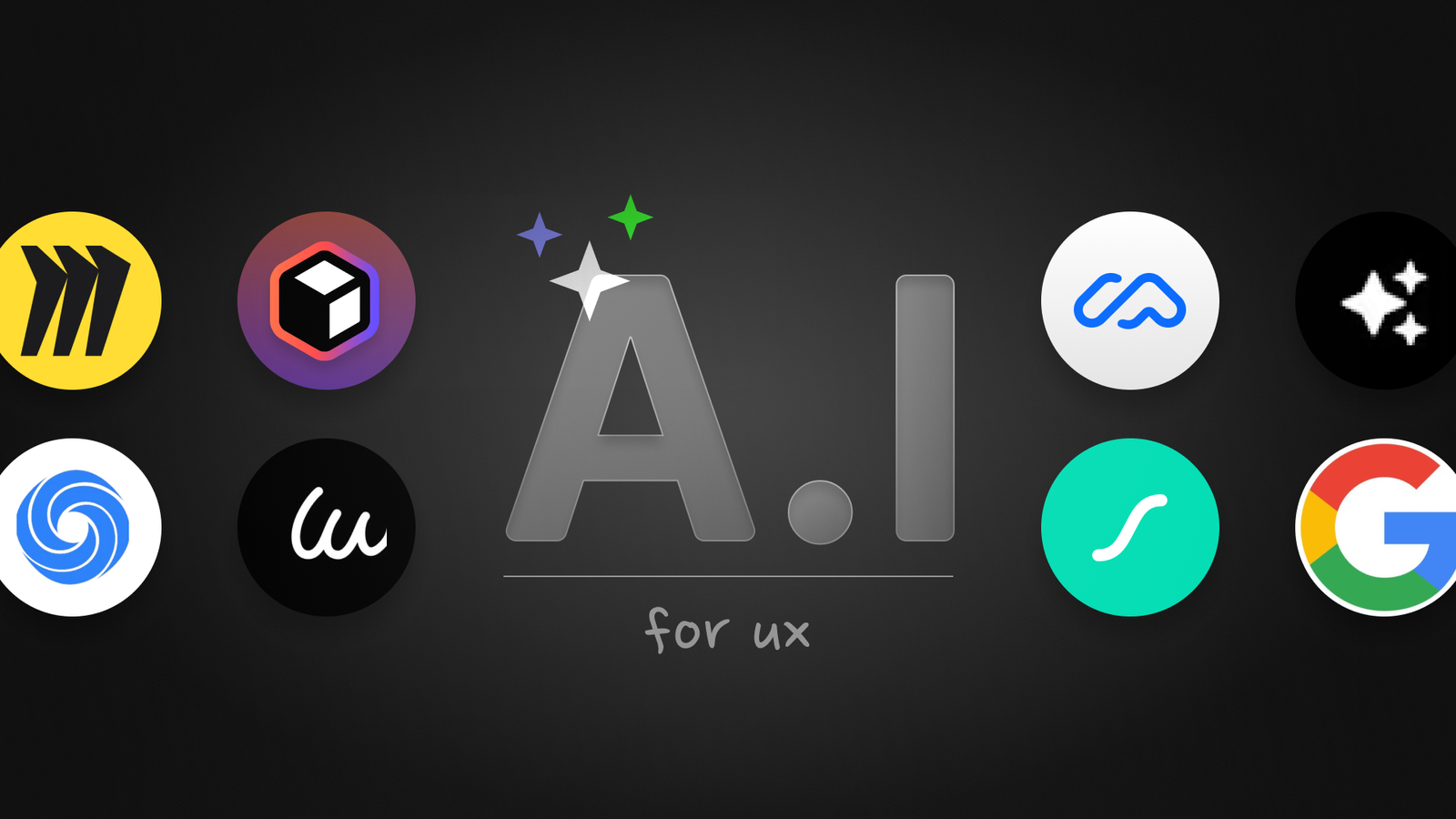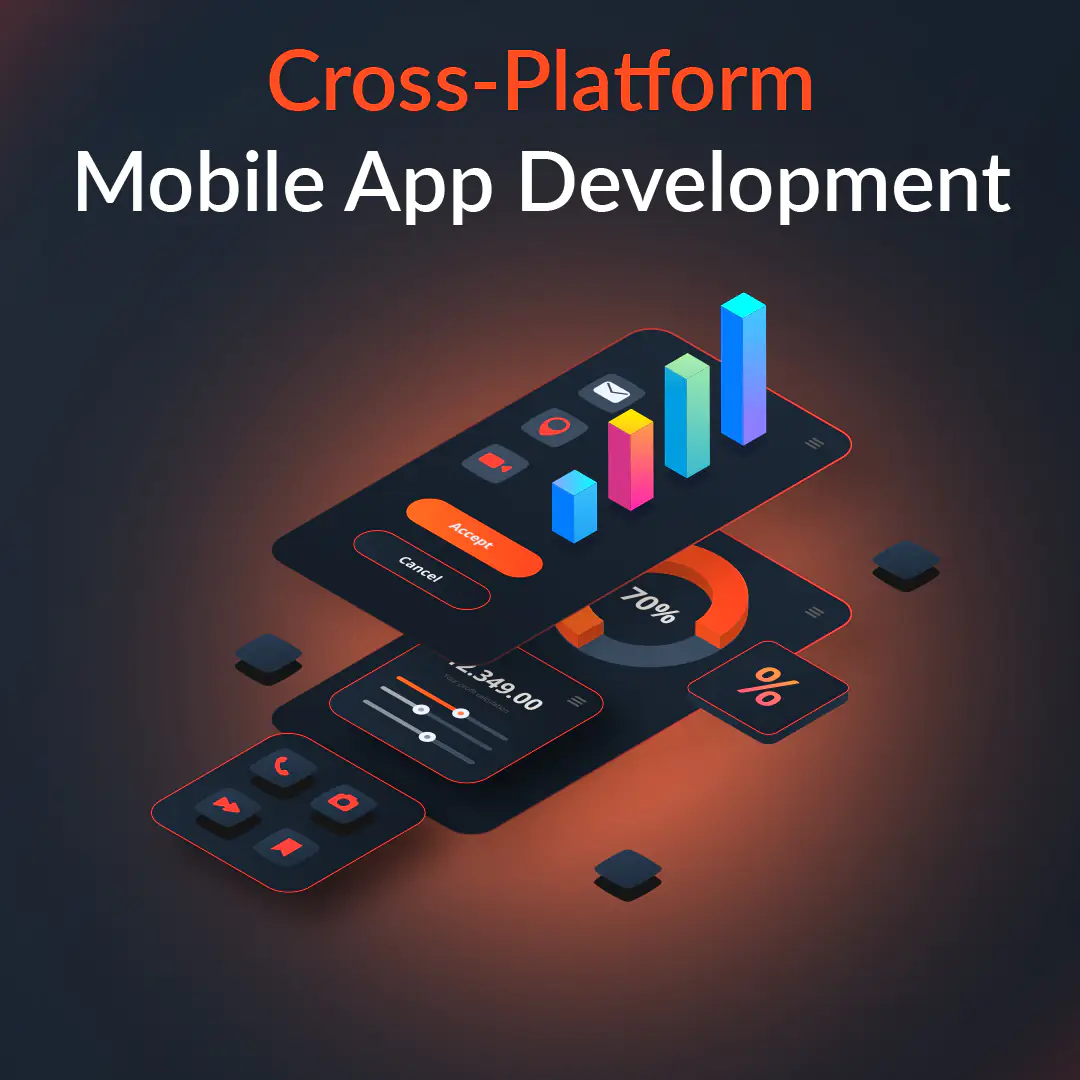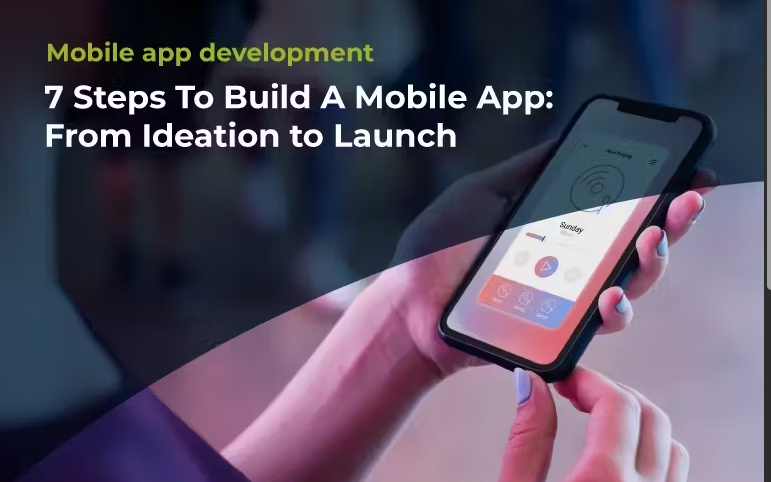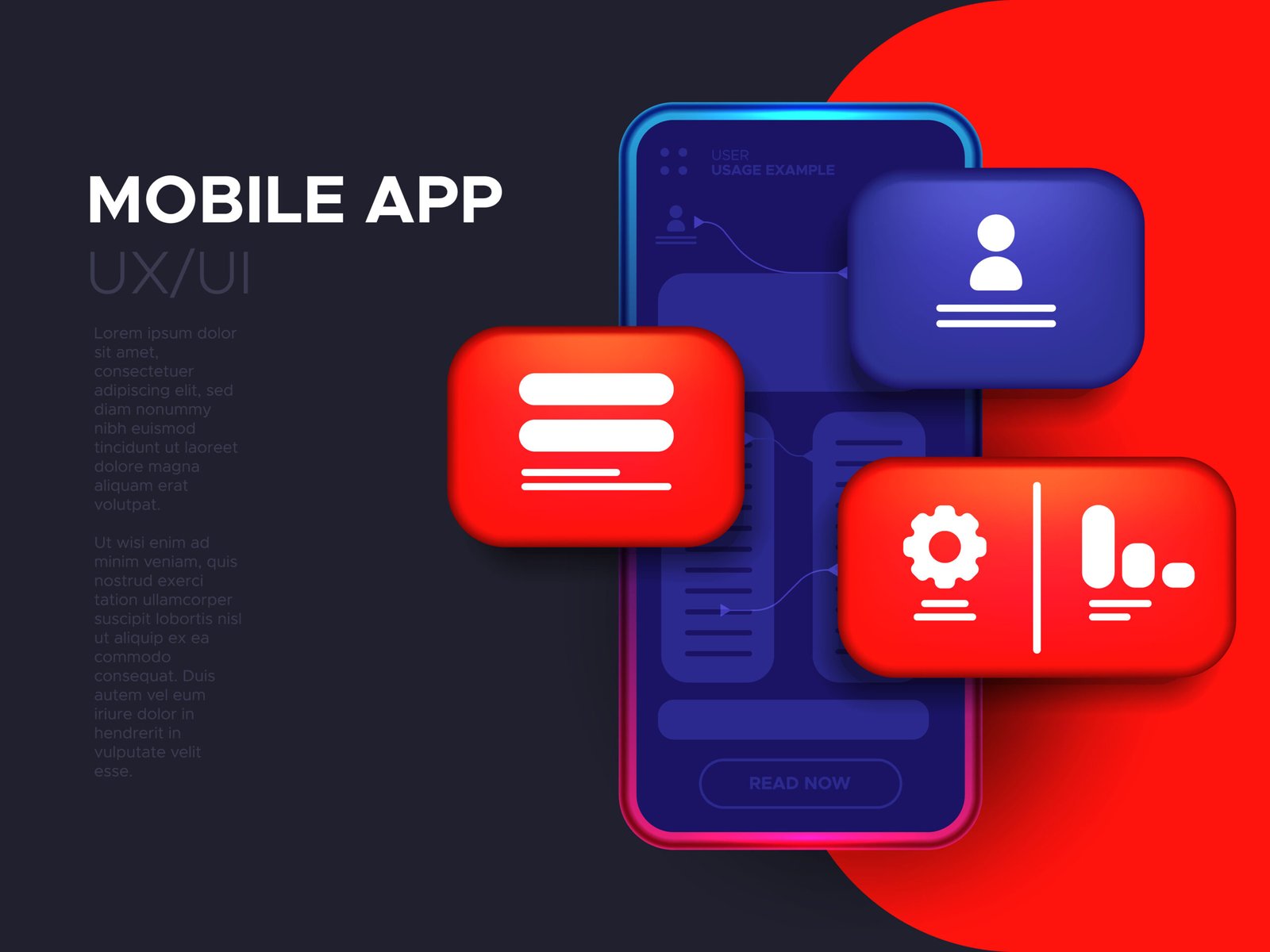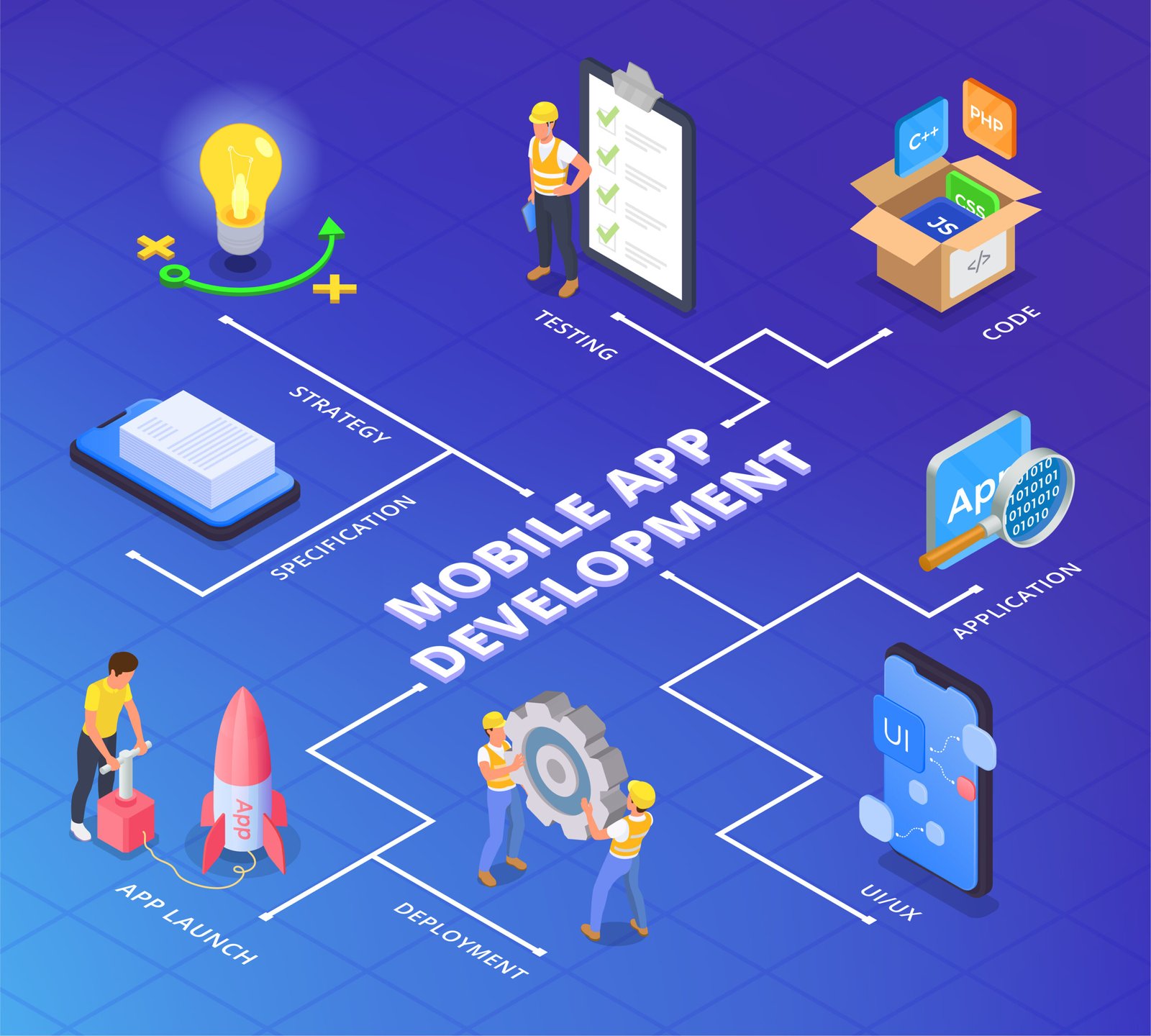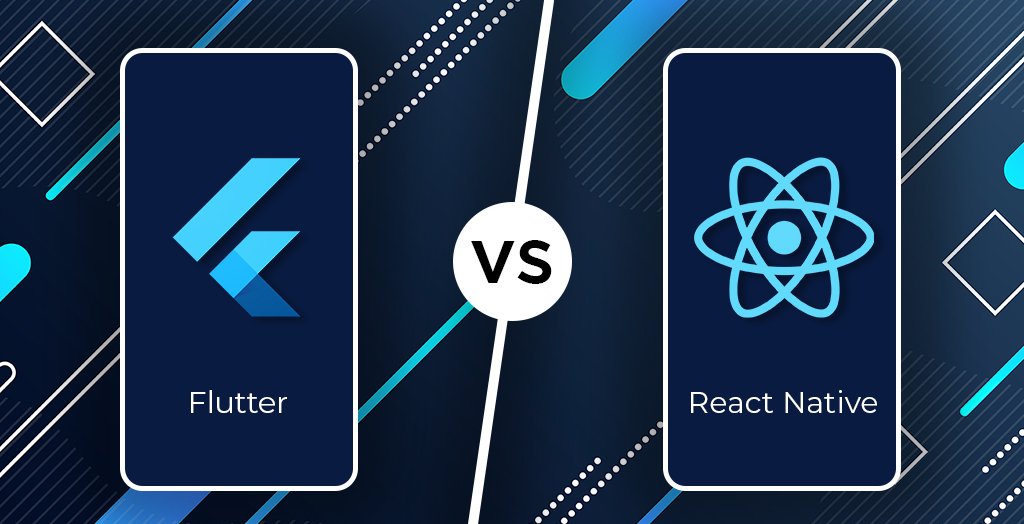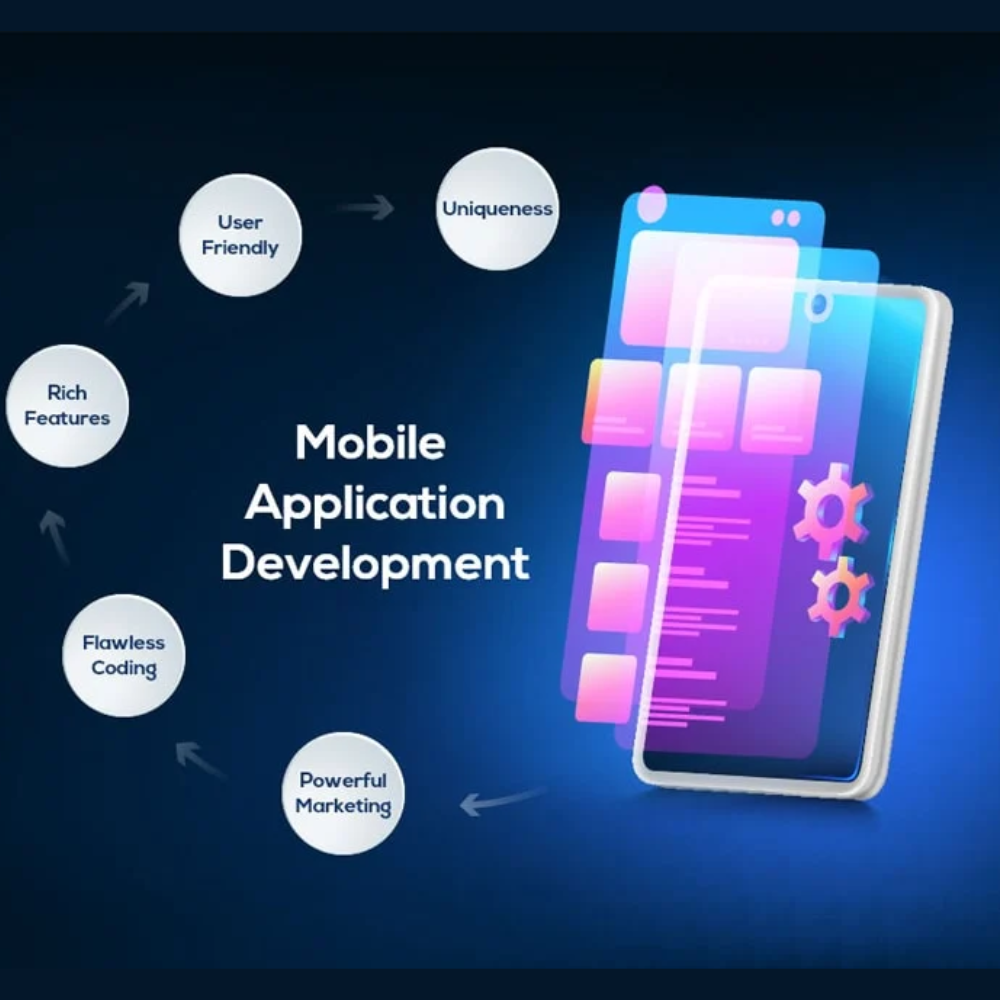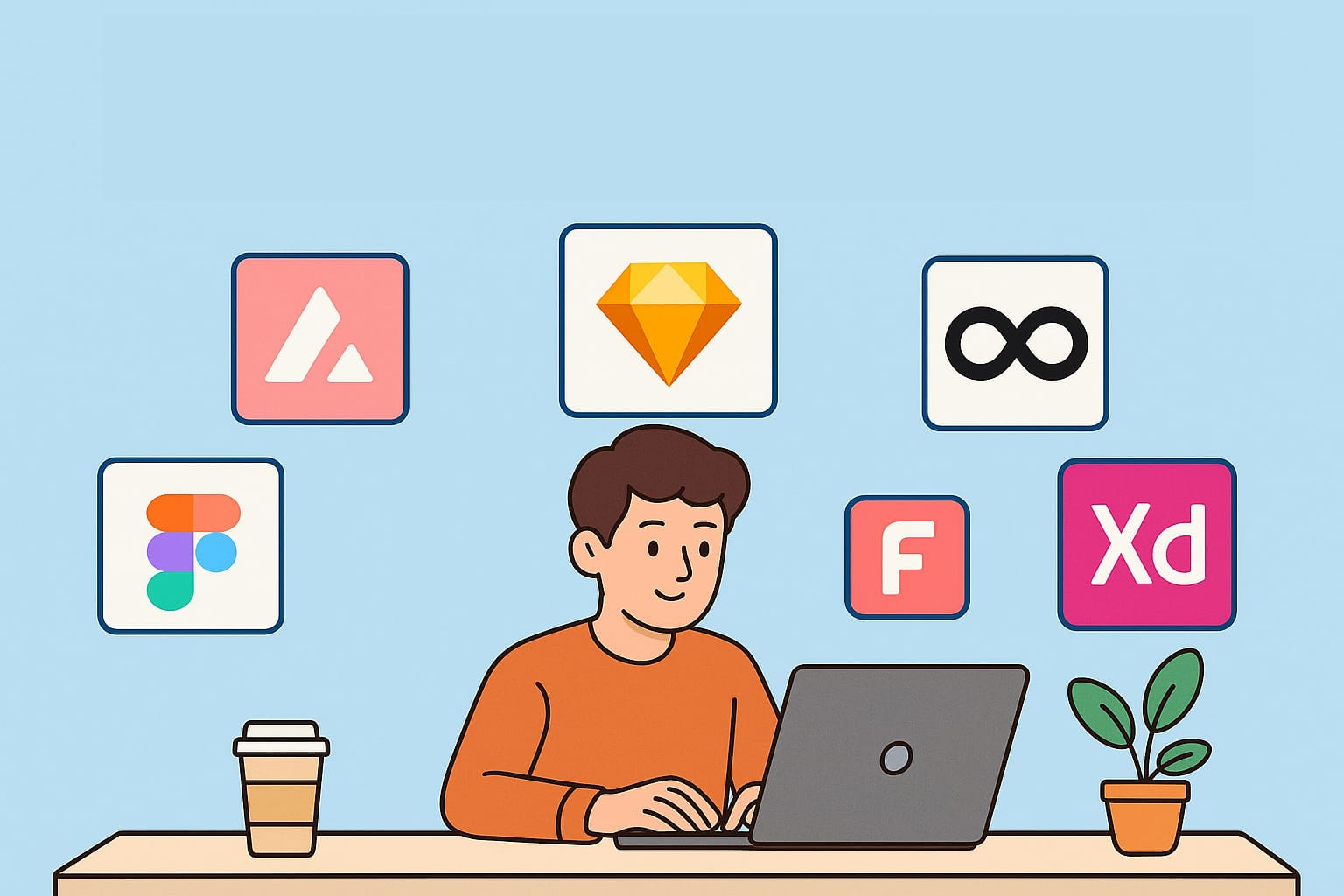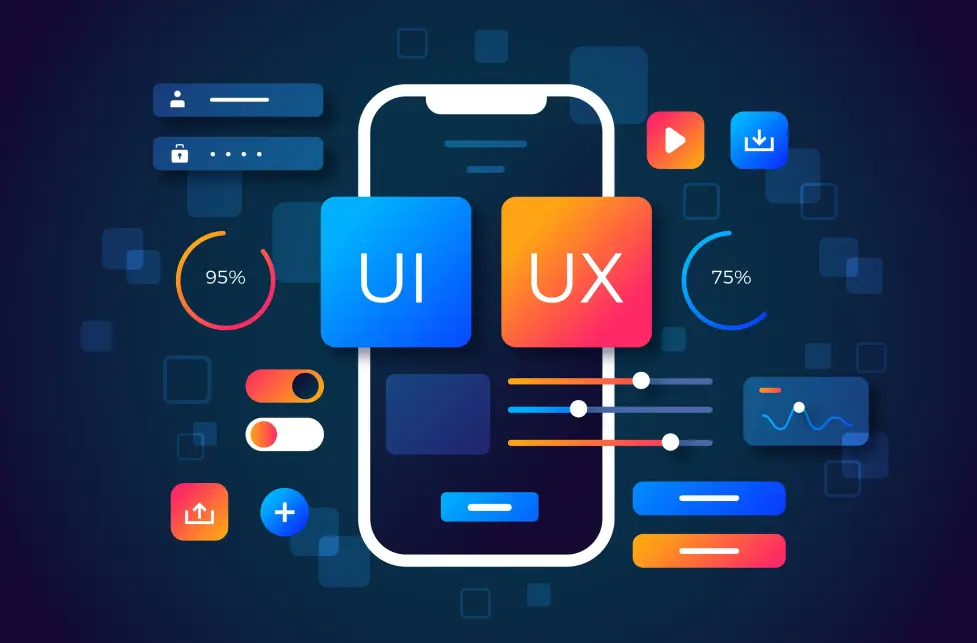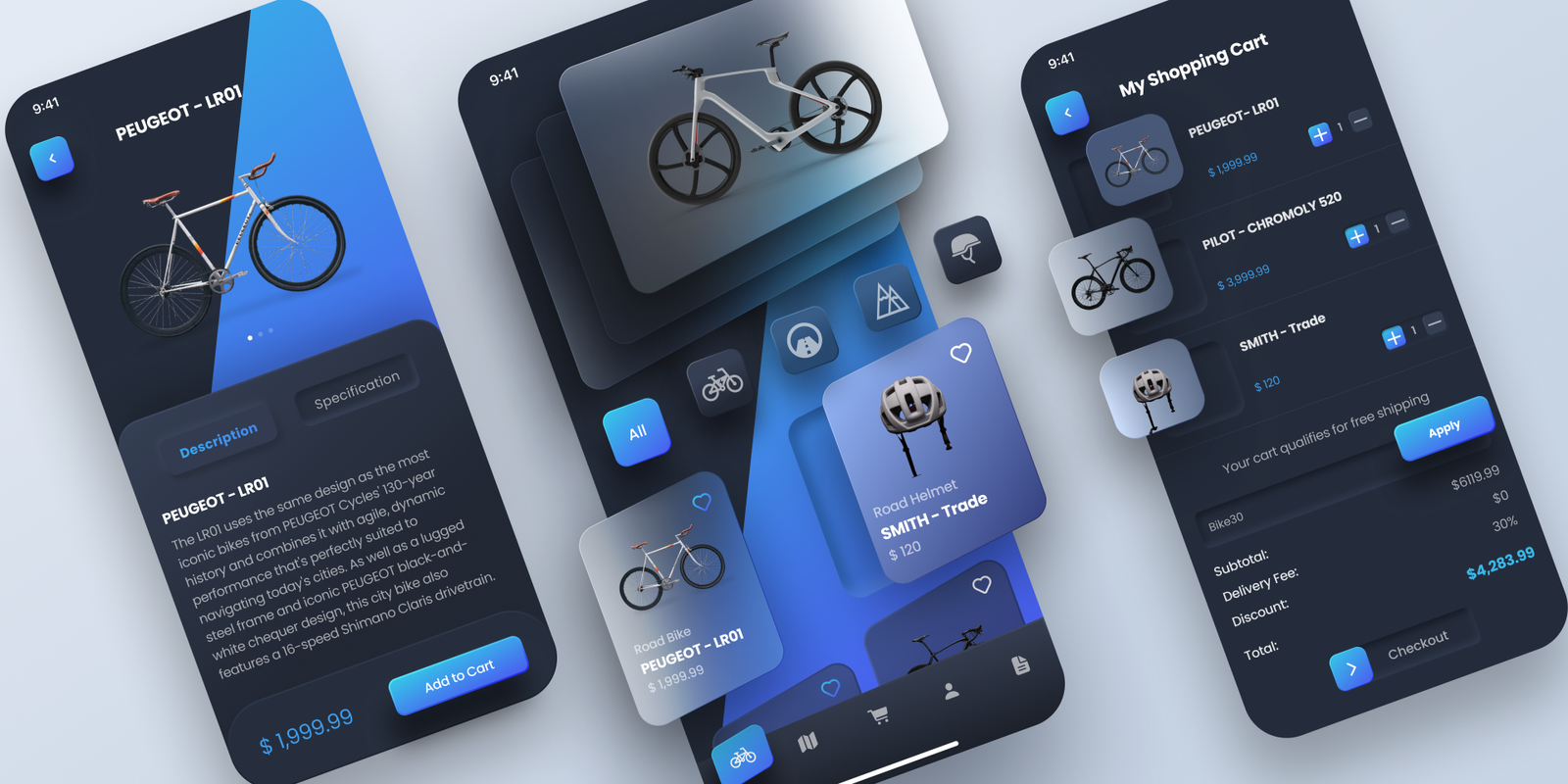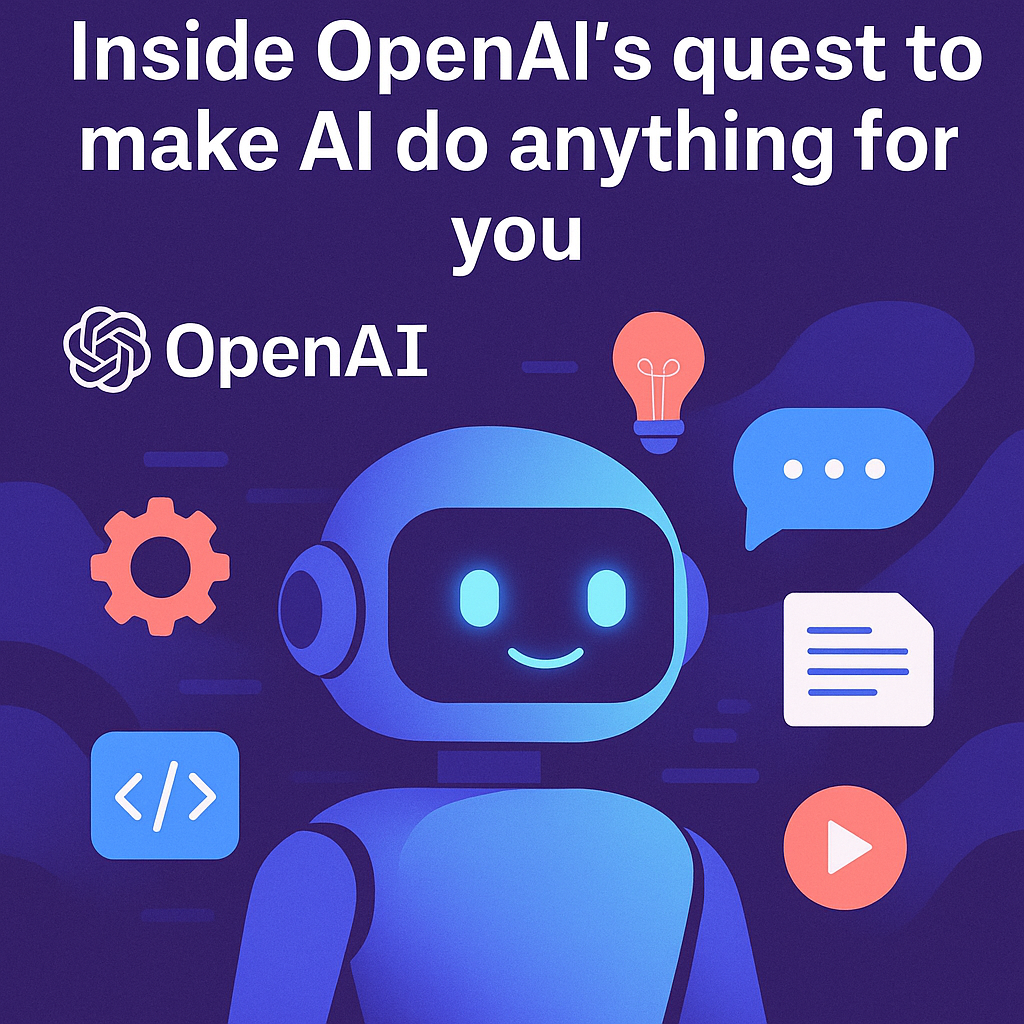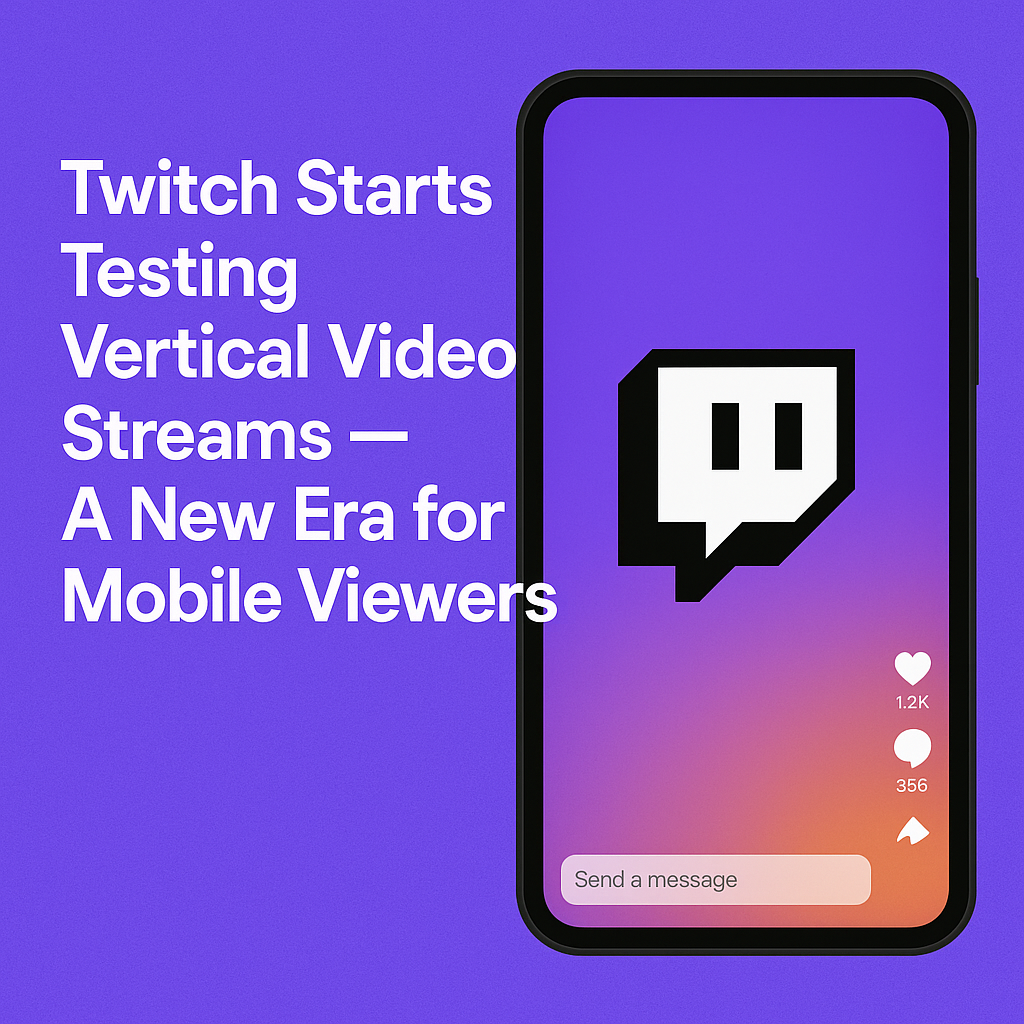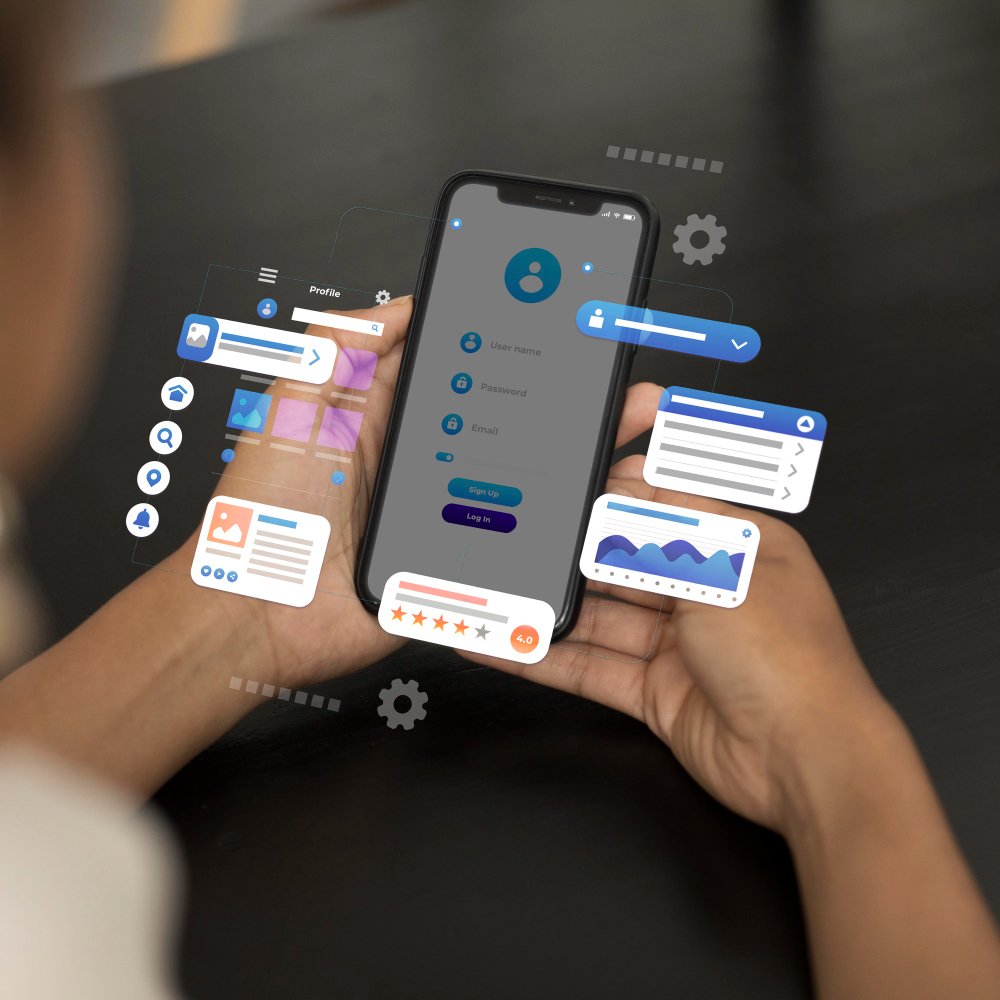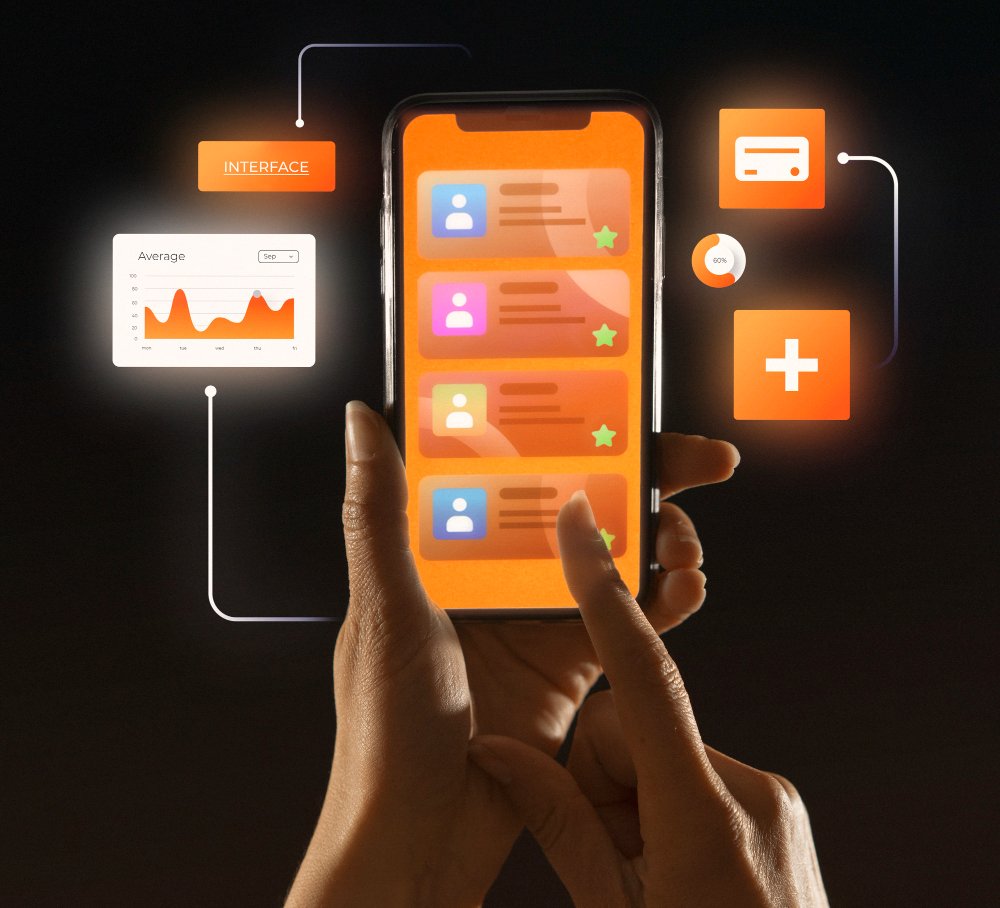In the ever-evolving digital era, technology and innovation are no longer optional; they are essential for businesses that want to thrive in competitive markets. From artificial intelligence (AI) and augmented reality (AR) to modern cloud computing, the world of app development and user experience is undergoing a massive transformation. Whether you are a startup building your first product or an enterprise scaling globally, these advancements are redefining how apps are designed, developed, and delivered to users. In this article, we will explore five major innovations AI-powered applications, AR/VR integration, generative AI in product design, enterprise-grade tech stacks, and the role of cloud in app development and understand how they are shaping the future of digital experiences.

AI-Powered Apps: How Artificial Intelligence is Changing UX
Artificial Intelligence has become the heartbeat of modern app development, transforming how users interact with digital platforms. AI-powered apps are designed to understand user preferences, analyze patterns, and deliver highly personalized experiences. Take for instance streaming services like Netflix or Spotify, which use AI algorithms to recommend shows or music based on a user’s past behavior. Similarly, e-commerce platforms leverage AI to provide smart product recommendations, thereby enhancing both engagement and conversions.
The real power of AI lies in making user experiences seamless and intuitive. Features like predictive search, voice-enabled assistants, and AI chatbots are no longer futuristic concepts but everyday tools that simplify user journeys. By analyzing data in real-time, AI can anticipate what users are looking for even before they type a query. For businesses, this means not only higher user satisfaction but also increased retention rates. Instead of offering generic experiences, AI allows apps to deliver highly tailored journeys, making interactions feel human-like.
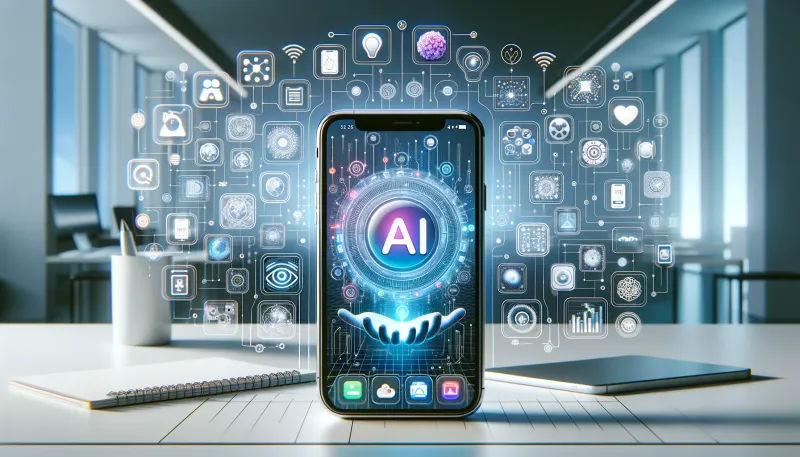
Moreover, AI is also streamlining backend operations by automating repetitive tasks such as data entry, fraud detection, and customer service support. This reduces human error while saving valuable time and resources. As AI technologies like natural language processing (NLP) and machine learning continue to evolve, businesses will find even more opportunities to create engaging, intuitive, and adaptive digital products.
Integrating AR/VR into Mobile Apps: Opportunities for Businesses
Augmented Reality (AR) and Virtual Reality (VR) are unlocking new possibilities in mobile app development by bridging the gap between digital and physical experiences. Once seen as niche technologies restricted to gaming, AR and VR are now making their way into industries such as retail, healthcare, real estate, and education. The appeal of AR/VR lies in its ability to create immersive, interactive experiences that allow users to visualize and interact with products and services like never before.
For example, in retail, AR-powered apps allow customers to virtually try on clothes, accessories, or even furniture before making a purchase. This reduces uncertainty and builds confidence in buying decisions. Real estate businesses are increasingly offering VR-based property tours, enabling potential buyers to explore homes remotely with a realistic, 360-degree experience. In healthcare, AR and VR are being used to train doctors and simulate surgeries, improving medical education and patient outcomes. Meanwhile, the education sector is adopting AR to create interactive learning modules that make complex topics easier to understand.
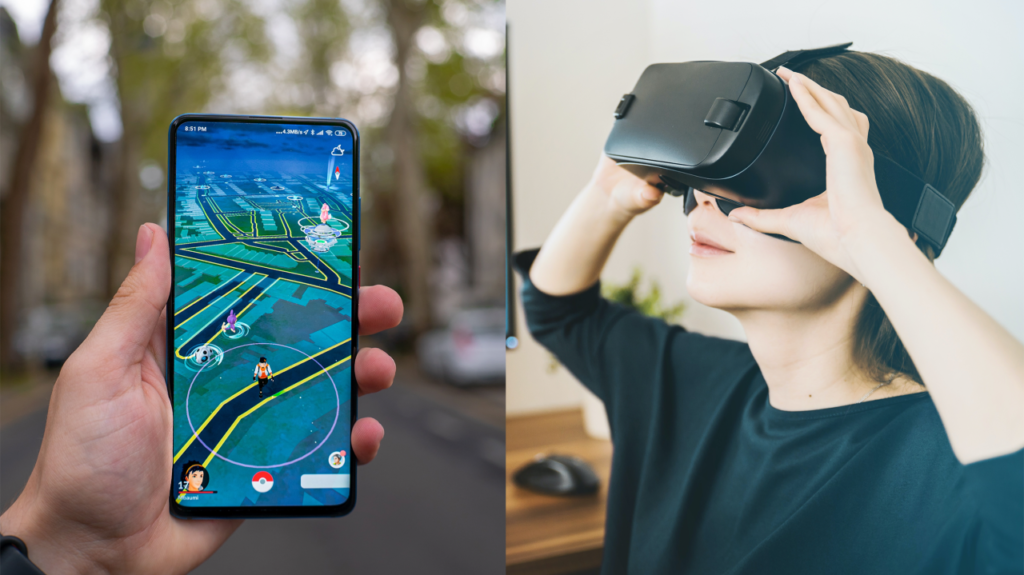
For businesses, integrating AR/VR into mobile apps is not just about adding a “cool” feature. It’s a strategic investment in customer engagement and brand differentiation. By offering immersive experiences, companies can stand out in crowded markets, enhance customer satisfaction, and build stronger brand loyalty. As AR/VR tools become more cost-effective and accessible, we can expect to see a surge in mobile apps leveraging these technologies to deliver real-world value.
How to Use Generative AI in Product Design and Prototyping
Generative AI has emerged as one of the most exciting innovations in the digital landscape, especially in product design and prototyping. Unlike traditional AI that analyzes existing data, generative AI can actually create new content, whether it’s text, images, code, or design layouts. This capability is proving to be a game-changer for product teams, allowing them to move faster and experiment more creatively.
In product design, generative AI is being used to rapidly generate multiple design variations, helping teams explore diverse ideas in minutes rather than days. Designers no longer need to manually create dozens of iterations; instead, AI tools can suggest layouts, color schemes, and user interfaces automatically. For instance, design software like Figma is already integrating AI-powered plugins that can create wireframes and mockups with minimal input. Similarly, in 3D modeling, generative AI is enabling the quick creation of realistic prototypes that can be used in industries ranging from gaming to manufacturing.

The advantages for businesses are immense. By using generative AI in prototyping, companies can significantly reduce time-to-market, lower design costs, and ensure products are aligned with real user preferences. Generative AI also brings a layer of creativity that might not come naturally to human designers by suggesting out-of-the-box concepts based on data insights. This balance of speed, efficiency, and innovation makes generative AI a vital tool in modern product development.
Top Tech Stacks for Building Enterprise-Grade Applications
While user-facing innovations often grab headlines, the backbone of any successful digital product lies in its technology stack. An enterprise-grade application needs to be secure, scalable, and efficient, and choosing the right tech stack is essential to achieve these goals.
On the front end, frameworks such as React.js, Angular, and Vue.js are widely used to build interactive and scalable user interfaces. These technologies help deliver smooth, fast, and responsive apps that enhance user experience. For the backend, options like Node.js, Django, Spring Boot, and .NET are popular for handling complex operations and providing the necessary infrastructure for data processing and security.
Databases play an equally critical role. While relational databases like PostgreSQL and MySQL are trusted for structured data, NoSQL options like MongoDB are favored for handling large volumes of unstructured information. For mobile applications, frameworks such as React Native and Flutter are becoming go-to solutions for cross-platform development, allowing businesses to create apps that work seamlessly across iOS and Android.
In addition, DevOps tools such as Docker, Kubernetes, and CI/CD pipelines are essential for ensuring smooth deployments and continuous integration. These tools allow enterprises to scale quickly, release updates efficiently, and maintain a robust infrastructure. Ultimately, the right tech stack provides the foundation for building enterprise applications that are secure, scalable, and capable of handling millions of users globally.
The Role of Cloud in Modern App Development
Finally, no discussion about technology and innovation would be complete without addressing the role of cloud computing in modern app development. The cloud has completely revolutionized the way businesses build and scale digital products. Instead of relying on costly on-premise infrastructure, companies can now use cloud services from providers like Amazon Web Services (AWS), Microsoft Azure, and Google Cloud to host, deploy, and manage applications.
The benefits of cloud app development are significant. First and foremost, cloud infrastructure is highly scalable, allowing businesses to handle sudden traffic spikes without service interruptions. It is also cost-efficient, as companies pay only for the resources they use. For global enterprises, cloud services provide worldwide availability, ensuring that apps can reach users across different regions with minimal latency.

Additionally, cloud platforms offer built-in security features, compliance certifications, and advanced encryption, making them ideal for handling sensitive enterprise data. Cloud-native tools such as serverless computing, microservices architecture, and containerization are further speeding up development cycles, enabling businesses to innovate faster. For startups, the cloud lowers entry barriers by eliminating the need for heavy upfront infrastructure costs, while for large enterprises, it ensures agility, resilience, and long-term growth.
Conclusion
The future of digital experiences is being shaped by groundbreaking innovations in technology. From AI-powered apps that deliver personalized user experiences to AR/VR integrations that immerse customers in interactive worlds, from generative AI that accelerates product design to enterprise-grade tech stacks that ensure scalability, and the cloud that underpins modern app development, each advancement is redefining how businesses operate and compete.
For companies, embracing these innovations is no longer optional. It is a strategic necessity to stay ahead of competitors and meet evolving customer expectations. By integrating AI, AR/VR, generative AI, robust tech stacks, and cloud solutions into their digital strategies, businesses can create apps that are not only functional but also future-ready. Those who adapt quickly to these trends will not only drive growth but also set new standards for innovation in the digital age.

































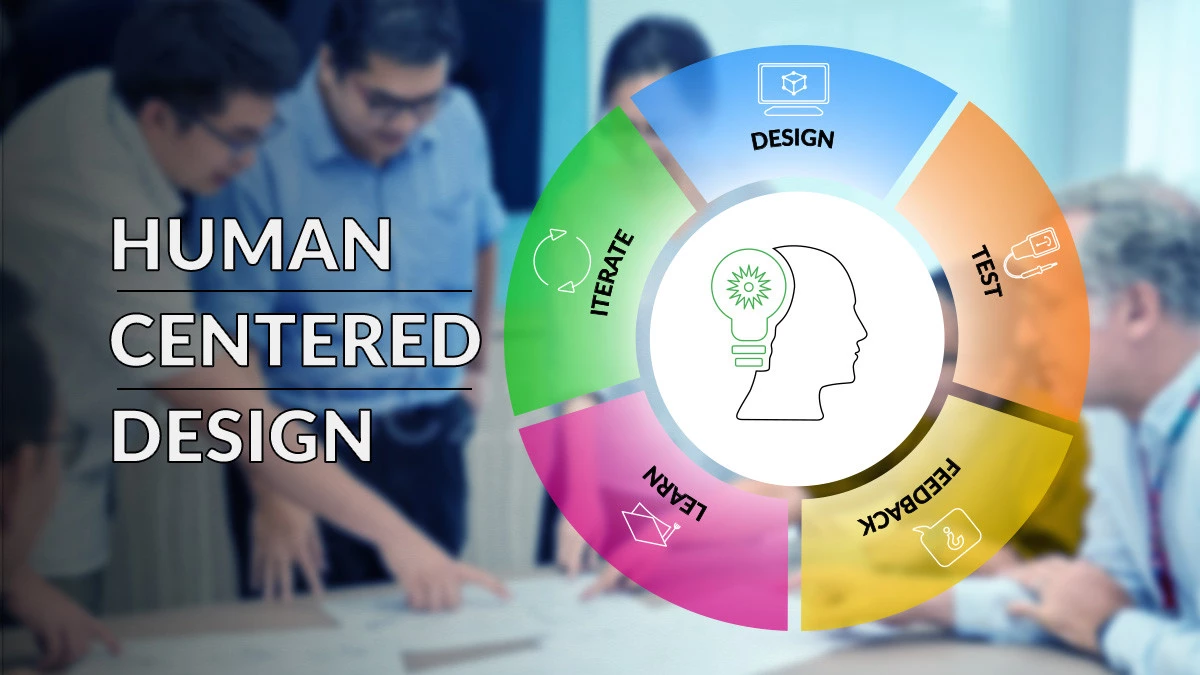


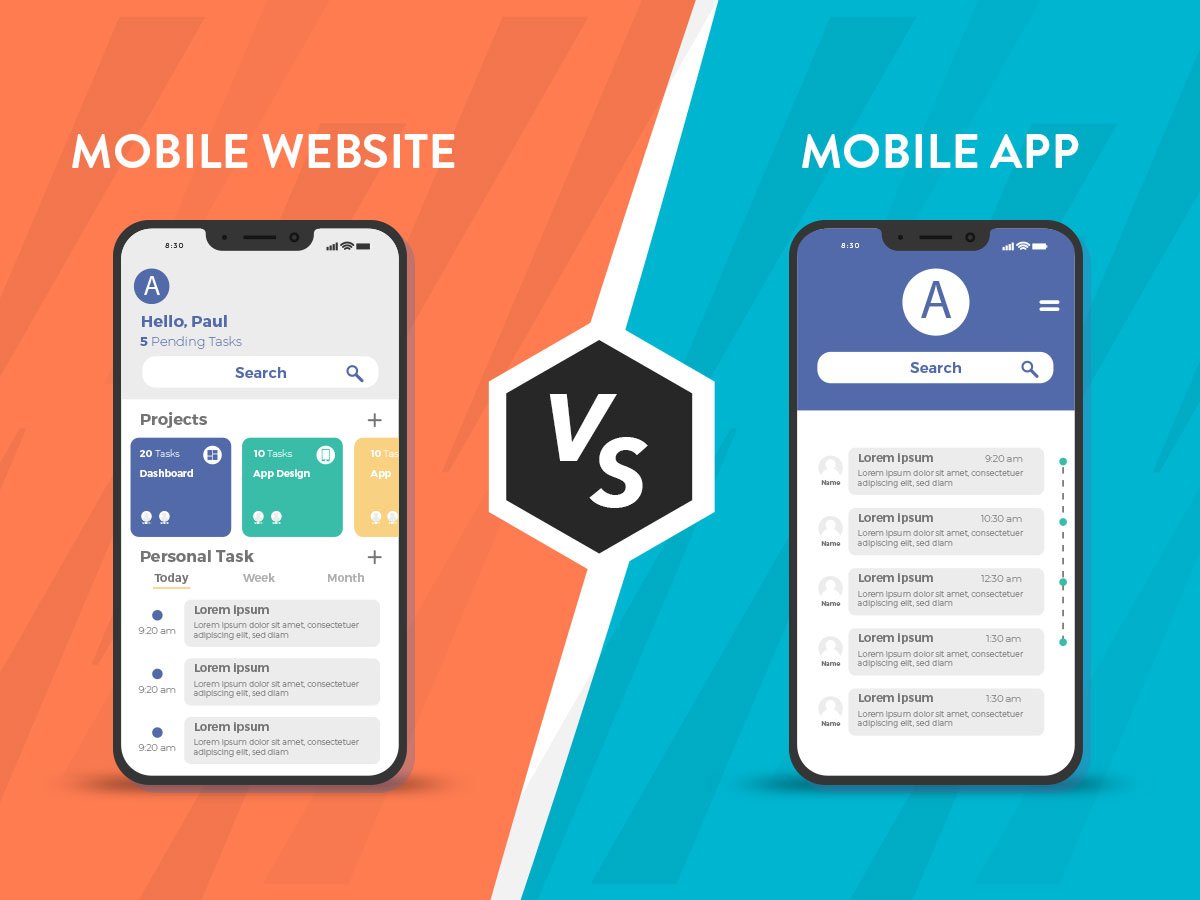

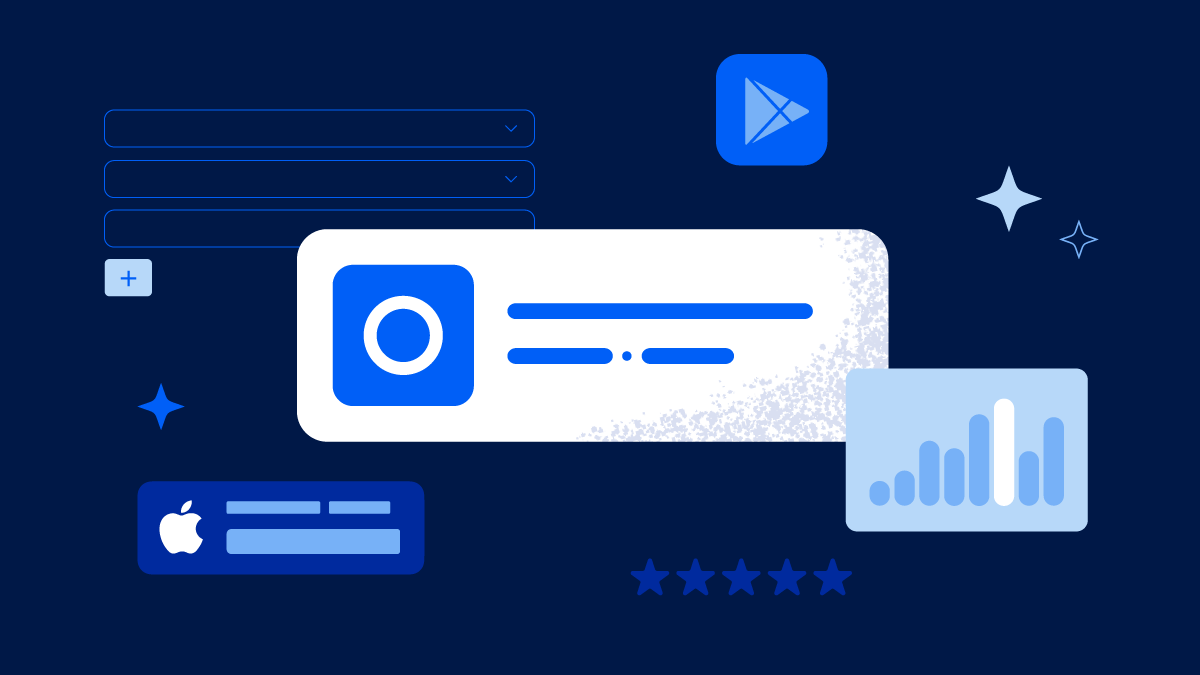
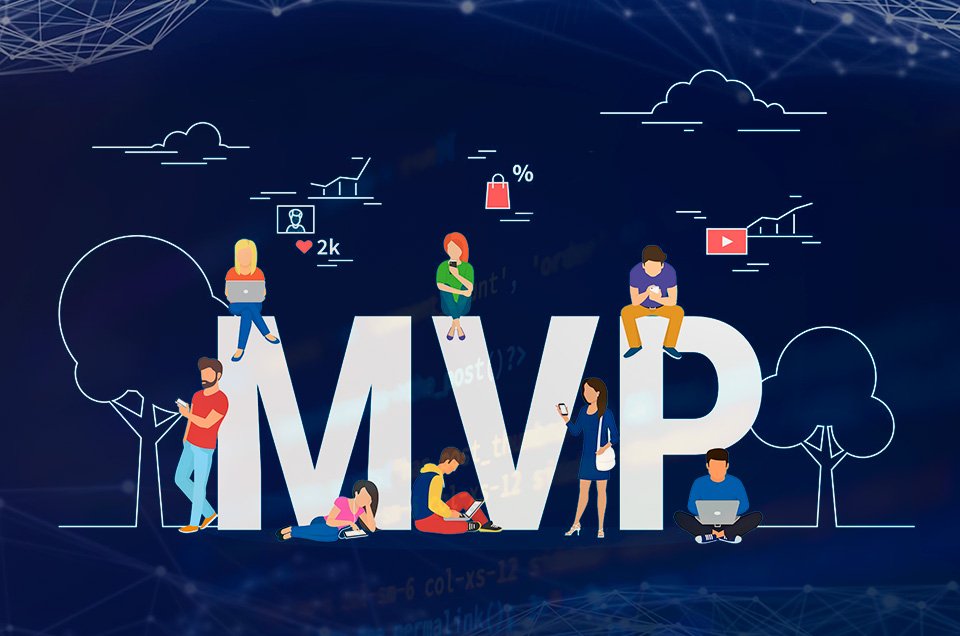

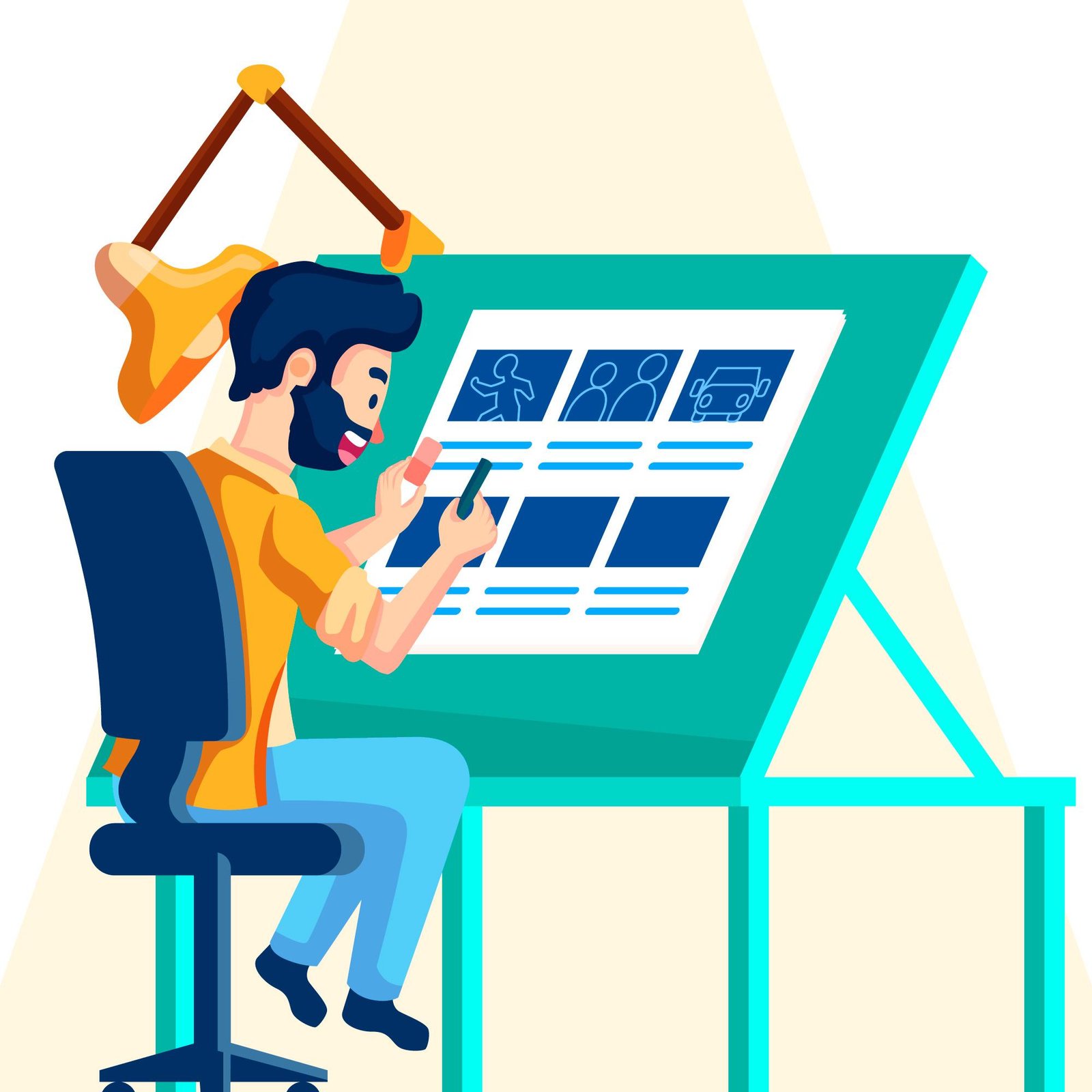
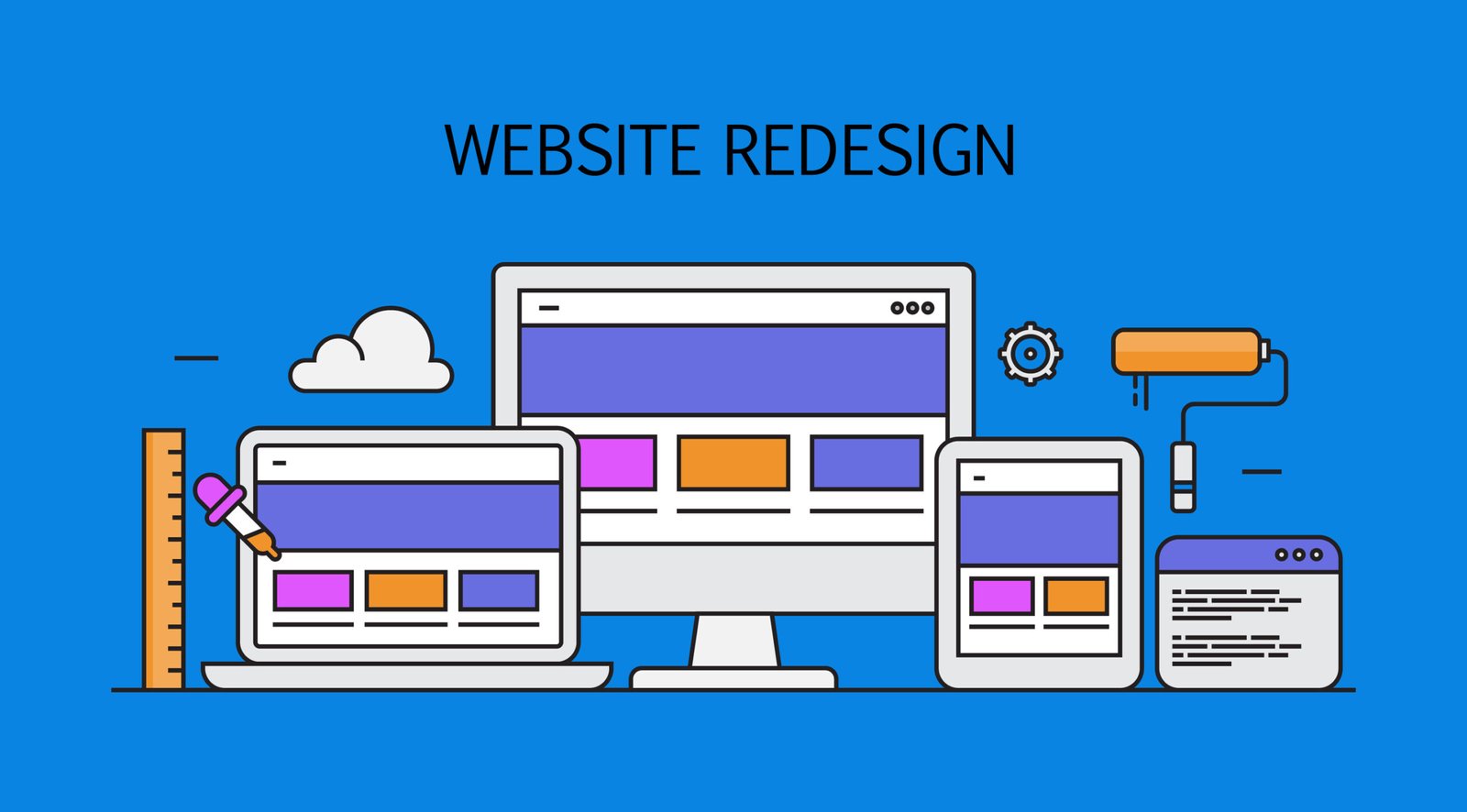
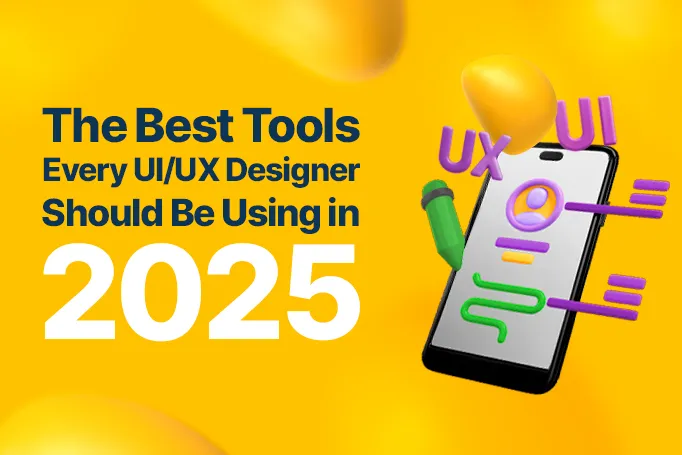
![Case Study: How We Helped [Client] Scale with a Custom Mobile App](https://uxdlab.com/wp-content/uploads/2025/08/case.png)




